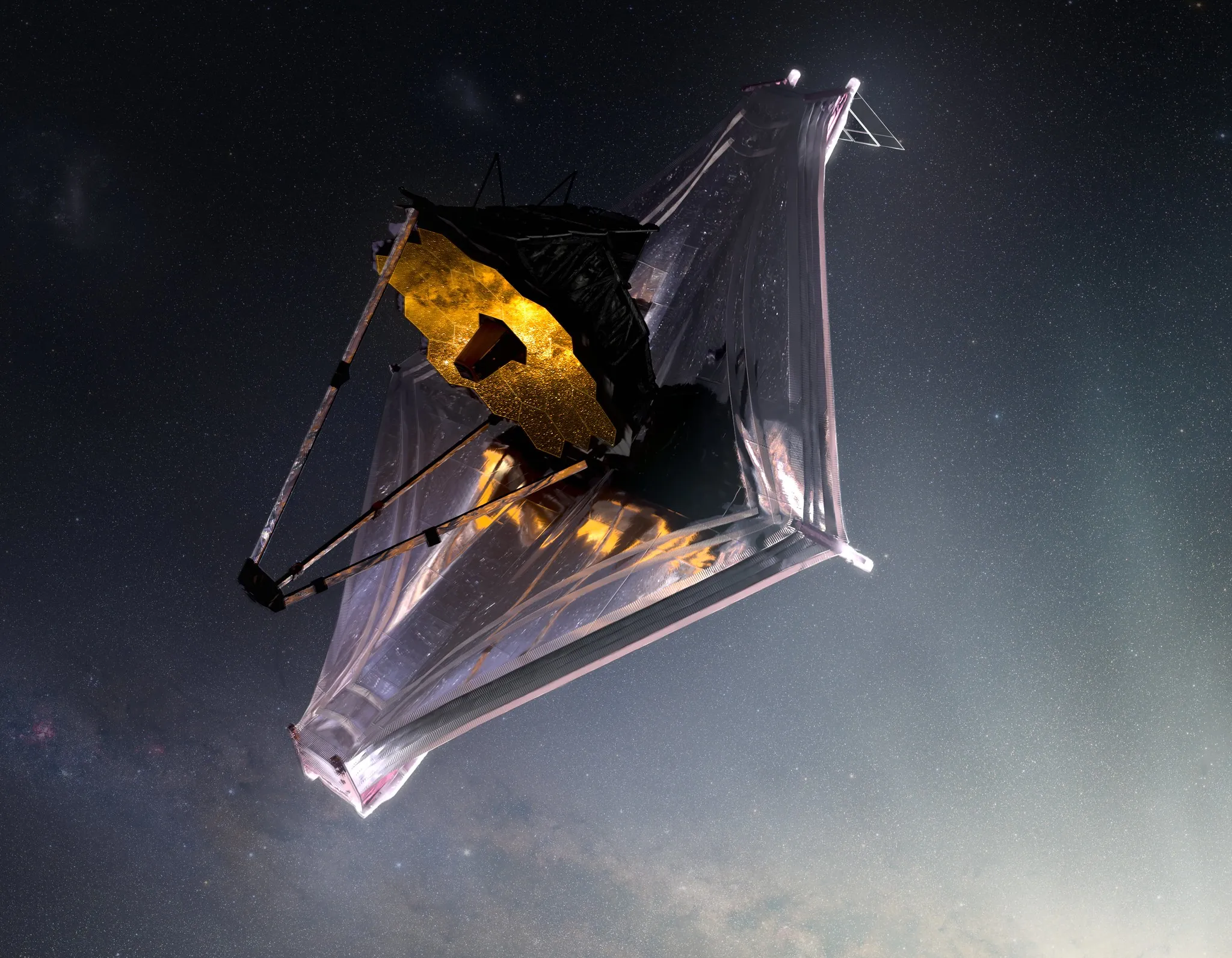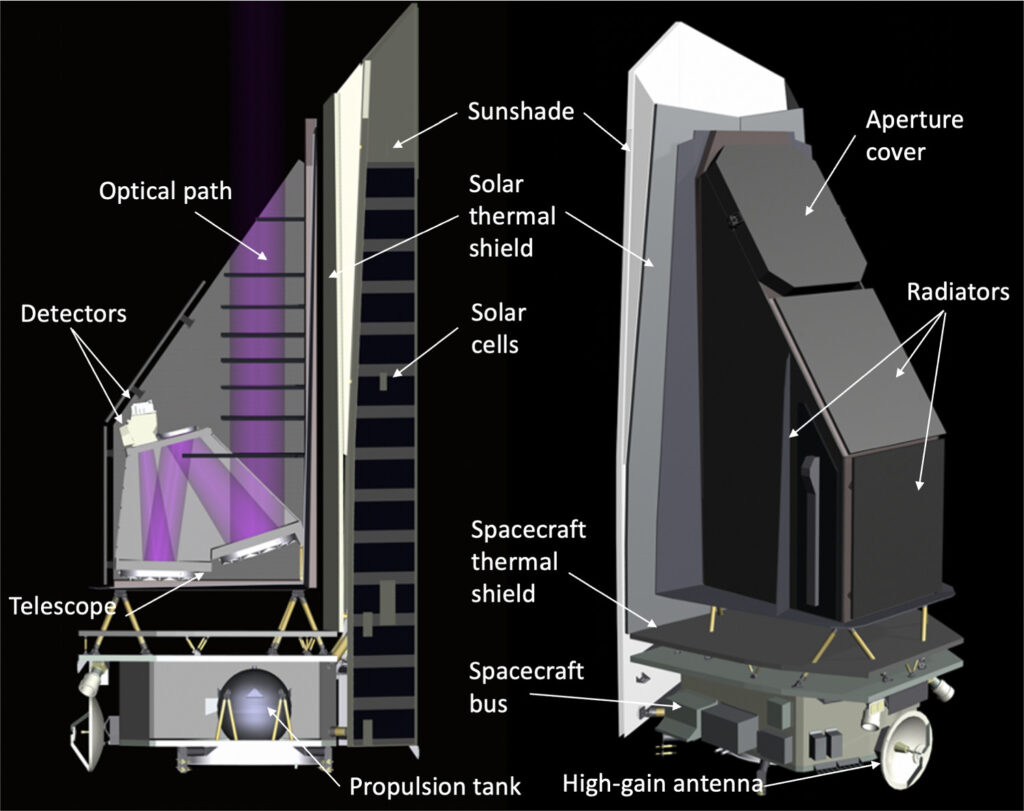
An artist's concept of a narrow asteroid belt orbiting a star similar to our own sun.
Interesting space news!

An artist's concept of a narrow asteroid belt orbiting a star similar to our own sun.
The James Webb Telescope also has minor planets on its watch list. A team of experts led by researchers at the Massachusetts Institute of Technology (MIT) in Cambridge used Webb’s observations of distant stars to reveal a population of small planets – so small that astronomers have not yet seen smaller ones orbiting the Sun in the main asteroid belt between Mars and Jupiter. The 138 newly discovered minor planets range in size from the equivalent of a bus to the equivalent of a stadium. Objects of these dimensions are not observable in the main belt using terrestrial observatories.
Knowing how many main belt minor planets there are in different size categories can tell scientists something about how asteroids have changed over time due to collisions. This process is related to how some bodies in history escaped from the main belt, but also to how some stones end up on Earth in the form of meteorites. An article presenting this research was published on December 9 in the journal Nature.
„We now understand more about how small objects form in the main belt, but also how many there might be,“ said Tom Greene, an astrophysicist at the Ames Research Center in California’s Silicon Valley and co-author of the Science paper that presented the results and he adds: „Minor planets of this size are likely to have been formed by collisions between larger minor planes in the main belt, and it is likely that they have moved towards the vicinity of the Earth and the Sun.“ Findings from this research can also help the Asteroid Threat Assessment Project (ATAP), which is underway at the Ames Research Center. Project ATAP works across disciplines and supports NASA’s Planetary Defense Coordination Division by studying what would happen in the event of an Earth impact. It also models the risks associated with such events. „It’s amazing that Webb’s capabilities can be used to get information about minor planets,“ says Jessie Dotson, an astrophysicist at Ames Research Center and member of the ATAP project. the background knowledge of the near-Earth planets we study for planetary defense.‘

The team that made the minor planets detection, led by researcher Artem Burdanov and MIT professor of planetary science Julien de Wit, developed a method of analyzing existing Webb Telescope images for asteroids that may have been inadvertently photographed as they passed in front of the telescope. Using a new image processing technique, they examined more than 10,000 images of the star TRAPPIST-1, which were originally taken to search for the atmospheres of planets orbiting the star in the search for life beyond Earth. The planets shine in infrared radiation more than in visible light, and the instruments of the Webb telescope are precisely tuned to detect infrared radiation. JWST can thus help scientists discover a population of main belt asteroids that no one has noticed until now. NASA will also use their infrared light in the upcoming NEO (Near-Earth Object) Surveyor mission. This space telescope is specially designed to search for near-Earth planets and comets that could be potentially dangerous to Earth.
